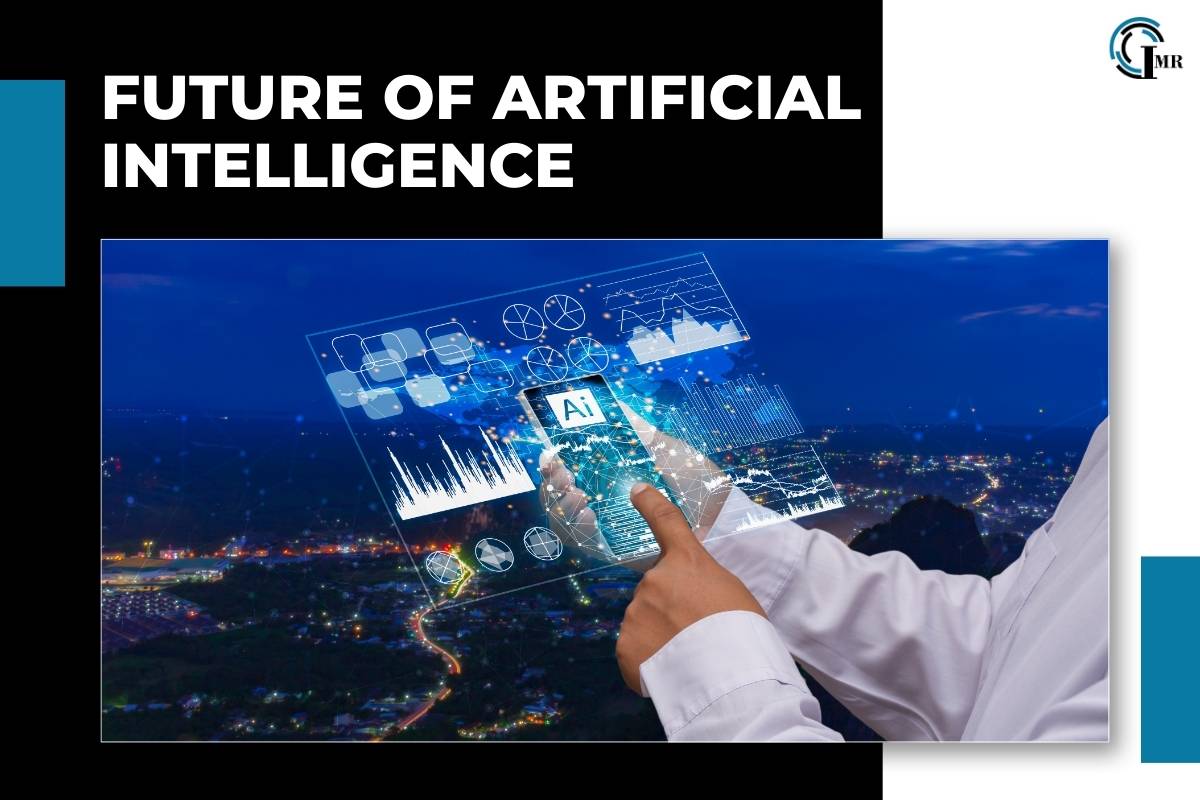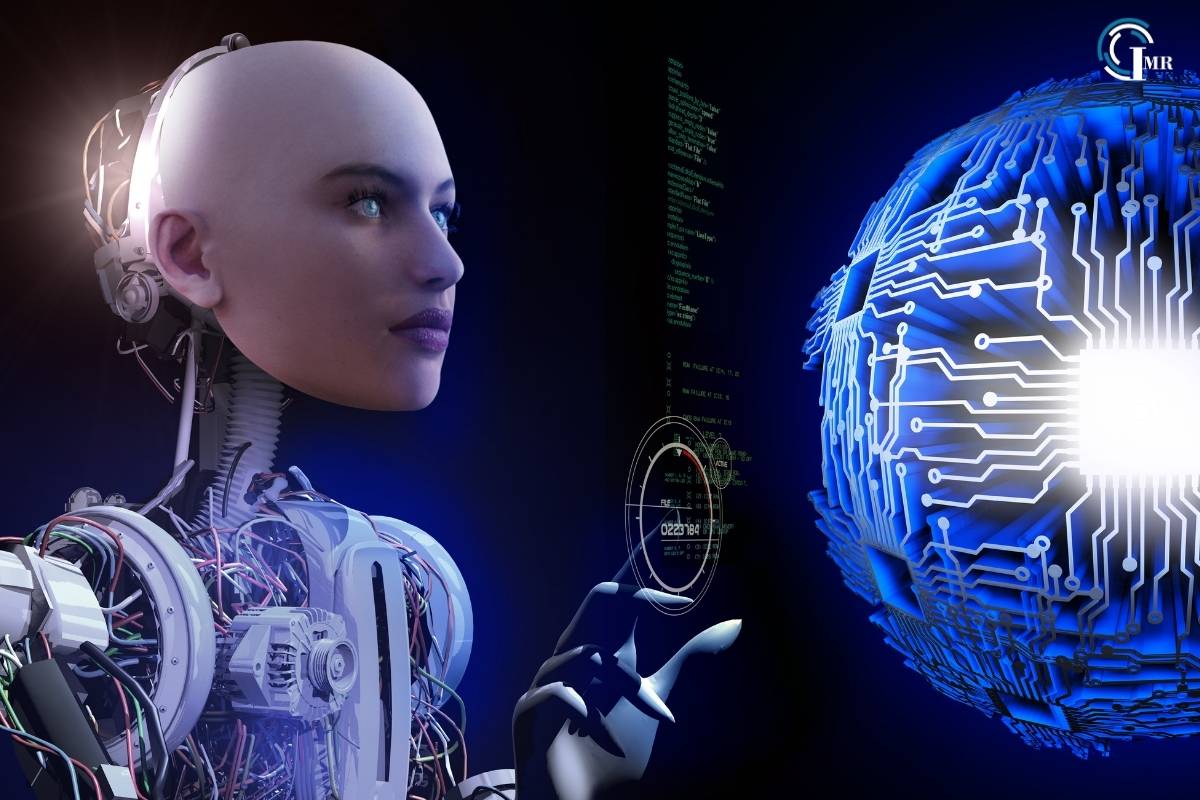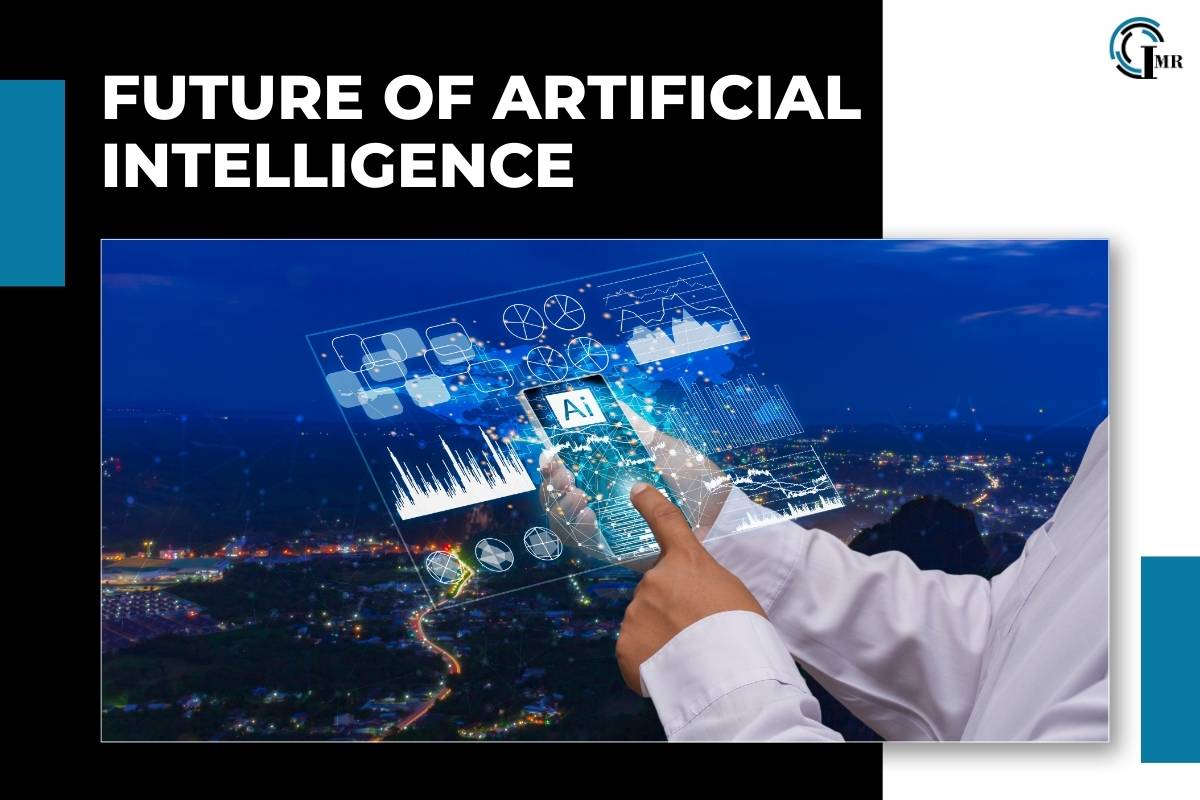
Artificial Intelligence (AI) has moved from the realm of science fiction into the fabric of our everyday lives. From virtual assistants and self-driving cars to advanced data analytics and personalized recommendations, AI is transforming industries and enhancing human capabilities in unprecedented ways. But what does the future of artificial intelligence hold? This article explores the potential advancements, challenges, and impacts of AI in the coming years, with a special focus on the promising field of neuromorphic computing.
The Current Landscape of AI
To understand the future of artificial intelligence, it’s essential to recognize its current state. Today, AI is characterized by machine learning (ML) and deep learning algorithms that enable machines to learn from data and make decisions. These technologies have revolutionized fields such as healthcare, finance, and entertainment by automating complex tasks and providing insights that were previously unattainable.
Key Developments
- Natural Language Processing (NLP): NLP has made significant strides, allowing machines to understand, interpret, and respond to human language. This has led to the development of sophisticated chatbots, virtual assistants like Siri and Alexa, and advanced translation services.
- Computer Vision: AI-powered image and video analysis have found applications in security, healthcare, and automotive industries. Facial recognition, medical imaging, and autonomous vehicles are just a few examples of how computer vision is being utilized.
- Reinforcement Learning: This area of AI focuses on training algorithms through trial and error to achieve specific goals. It has been instrumental in developing advanced gaming AI, robotics, and autonomous systems.
The Road Ahead: Future Trends in AI

As we look to the future, several emerging trends and technologies are poised to shape the landscape of AI. These advancements will not only enhance the capabilities of AI systems but also address some of the limitations and ethical concerns associated with current technologies. Here are the trends that will dominate the future of artificial intelligence.
1. Explainable AI (XAI)
One of the primary challenges of modern AI systems is their “black box” nature, where it is difficult to understand how they arrive at specific decisions. Explainable AI aims to address this by making AI systems more transparent and interpretable. This will be crucial for building trust in AI applications, particularly in critical areas like healthcare, finance, and criminal justice.
2. AI Ethics and Governance
As AI becomes more integrated into society, ethical considerations and governance frameworks will become increasingly important. Issues such as bias, privacy, and accountability need to be addressed to ensure that AI is used responsibly and equitably. Governments, organizations, and researchers are working on developing guidelines and regulations to mitigate these risks.
3. Edge AI
Edge AI refers to the deployment of AI algorithms on devices at the edge of the network, such as smartphones, IoT devices, and autonomous vehicles. This approach reduces latency and bandwidth usage by processing data locally, rather than sending it to centralized cloud servers. Edge AI will be critical for applications requiring real-time decision-making, such as autonomous driving and industrial automation.
4. Quantum Computing and AI
Quantum computing holds the potential to revolutionize the future of artificial intelligence by solving complex problems that are currently intractable for classical computers. Quantum algorithms can significantly accelerate tasks like optimization, cryptography, and material simulation. While still in its early stages, the integration of quantum computing with AI could lead to breakthroughs in fields such as drug discovery and climate modeling.
5. Neuromorphic Computing
Neuromorphic computing is an emerging field that seeks to mimic the architecture and functioning of the human brain to create more efficient and intelligent AI systems. Unlike traditional computing, which relies on binary logic and von Neumann architecture, neuromorphic computing uses spiking neural networks to process information in a manner similar to biological neurons.
The Role of the Neuromorphic Computing Industry
The neuromorphic computing industry is at the forefront of developing hardware and software solutions that emulate neural structures and synaptic plasticity. These systems have the potential to achieve unprecedented levels of efficiency and adaptability, making them ideal for applications in robotics, sensory processing, and adaptive learning.
Companies and research institutions are investing heavily in neuromorphic computing technologies, with the goal of overcoming the limitations of current AI systems. By leveraging the principles of brain-like computation, the neuromorphic computing industry aims to create AI systems that are not only more powerful but also more energy-efficient and capable of real-time learning.
Impact of Specific Industries on the Future of Artificial Intelligence

AI’s transformative potential extends across various industries, offering significant benefits and new opportunities for innovation.
1. Healthcare
In healthcare, AI is revolutionizing diagnostics, treatment planning, and patient care. Machine learning algorithms can analyze medical images with high accuracy, detect early signs of diseases, and predict patient outcomes. Personalized medicine, driven by AI, tailors treatments to individual patients based on their genetic makeup and health data, improving efficacy and reducing side effects.
2. Finance
The financial industry is leveraging AI to enhance fraud detection, automate trading, and provide personalized financial advice. AI-driven chatbots and virtual assistants improve customer service by handling routine inquiries and transactions. Advanced analytics enable banks and financial institutions to better assess credit risk and optimize investment strategies.
3. Manufacturing
AI-powered automation is transforming manufacturing processes by optimizing supply chains, predicting equipment failures, and improving quality control. Robotics and AI-driven systems are increasing efficiency and reducing operational costs. The integration of AI with the Internet of Things (IoT) is enabling smart factories that can adapt to changing conditions in real-time.
4. Education
AI is personalizing education by tailoring learning experiences to individual students’ needs and abilities. Intelligent tutoring systems, powered by AI, provide real-time feedback and support, enhancing the learning process. AI-driven analytics help educators identify at-risk students and develop targeted interventions to improve outcomes.
5. Transportation
AI is at the core of the development of autonomous vehicles, which promise to revolutionize transportation by reducing accidents, optimizing traffic flow, and improving fuel efficiency. AI algorithms are also being used to enhance public transportation systems, predict maintenance needs, and manage logistics and supply chains more effectively.
Challenges and Considerations

Despite the immense potential, several challenges and considerations need to be addressed while discussing about the future of artificial intelligence.
1. Data Privacy and Security
The widespread use of AI requires access to vast amounts of data, raising concerns about privacy and security. Ensuring that data is collected, stored, and processed securely is critical to protect individuals’ privacy and prevent malicious attacks.
2. Bias and Fairness
AI systems can inadvertently perpetuate biases present in the data they are trained on. Addressing bias and ensuring fairness in AI algorithms is essential to prevent discrimination and ensure equitable outcomes.
3. Job Displacement
The automation of tasks by AI poses the risk of job displacement in certain industries. It is crucial to develop strategies for reskilling and upskilling the workforce to adapt to the changing job landscape and ensure that the benefits of AI are broadly shared.
4. Ethical Decision-Making
AI systems must be designed to make ethical decisions, particularly in high-stakes scenarios such as autonomous driving and healthcare. Developing ethical frameworks and incorporating human values into AI algorithms will be essential to guide their decision-making processes.
Conclusion
The future of artificial intelligence is bright, with the potential to transform industries, enhance human capabilities, and address some of the world’s most pressing challenges. Advancements in explainable AI, ethical frameworks, edge computing, quantum computing, and neuromorphic computing will shape the trajectory of AI in the coming years.
The neuromorphic computing industry holds particular promise in creating AI systems that are more efficient, adaptable, and capable of real-time learning. By emulating the human brain’s architecture and functionality, neuromorphic computing could unlock new levels of intelligence and efficiency in AI applications.
As we navigate the future of Artificial Intelligence, it is essential to address the ethical, social, and technical challenges associated with its deployment. By doing so, we can harness the full potential of AI to create a more intelligent, equitable, and sustainable world.





Comments